Raya and the Last Dragon offers a new kind of Disney princess
In Raya and the Last Dragon, Disney tells a Southeast Asian story for the first time, with diversity both in front of the camera and behind the scenes.
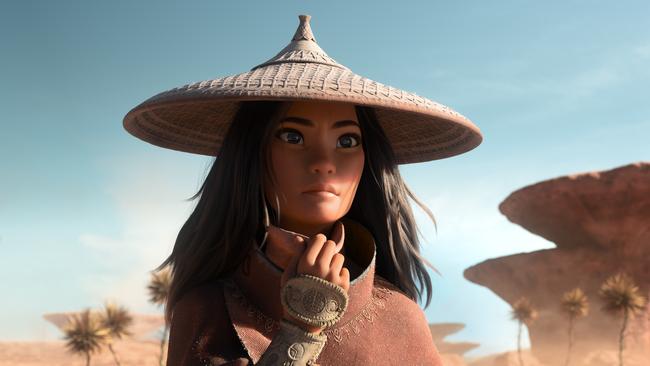
Raya, Disney’s new warrior princess, almost wasn’t a princess at all.
Did this fierce and fearsome character, a leader on a mission to reunite the people of her mythical land of Kumandra with the help of a chatty dragon called Sisu, really need to be a princess as well? It was a topic of great discussion among the writers and producers of Raya and The Last Dragon, Disney’s latest animated film, releasing in cinemas and on Disney+ this week.
“We thought about it deeply,” admits Osnat Shurer, producer on the film. “Just because she’s a hero to a Disney film, doesn’t mean she needs to be a princess. And the reason we chose to keep her a princess was that it comes with responsibility. And there is responsibility in her to lead her people.”
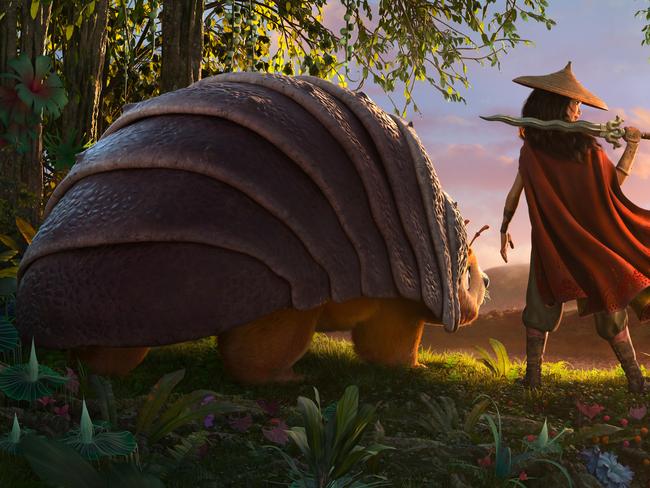
And so a princess Raya stayed, joining an iconic canon of Disney characters that dates back to Snow White and Sleeping Beauty. What Raya, voiced in the film by Star Wars actor Kelly Marie Tran, represents, though, is a remarkably different kind of Disney princess to the film company’s previous iterations. Strong, but vulnerable. Loyal, but stubborn, and with a keen sense of humour and playfulness.
“She is probably the biggest badass out of all the princesses, without a question,” says Don Hall, co-director of the film. “I would say that she identifies as a warrior first and a princess second.” Adds his co-director Carlos López Estrada: “I think that if all the princesses were to have a team, Raya would be the captain.”
Raya and the Last Dragon is a fascinating new release for Disney. Conceived before the pandemic, but produced and worked on over multiple lockdowns from the homes of 450 different artists, writers, producers, filmmakers and actors around the world, the film is a labour of love for its largely Asian cast and crew, including screenwriters Adele Lim (Crazy Rich Asians) and Qui Nguyen.
Starring alongside Tran is Awkwafina, as the sweetly chaotic dragon Sisu, Daniel Dae Kim as Raya’s beloved and wise father Benja, and Gemma Chan and Sandra Oh as Raya’s complicated nemeses, Namari and Virana, leaders of an opposing tribe.
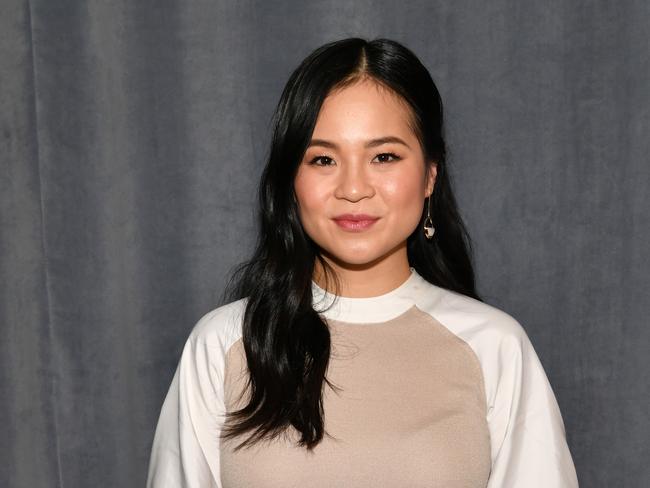
“It’s a big deal,” Tran enthuses. “I grew up with the narrow perception of what a hero looks like, or what a hero spoke like, and to be part of something that’s changing that feels really powerful. I’m really proud of it.”
For Tran, the thing that sets Raya apart from the rest of the Disney canon is the way her character is “allowed to experience the wealth of human experience,” she says. Over the course of the film, Raya lives through both devastating loss and incredible triumph. She is shown the power of trust and faith, taught important lessons about family, love and connection, and is tasked with leading her community, through both highs and lows. And she’s also just a lot of joy to be around.
“She’s a woman who is funny and witty,” adds Tran. “Sometimes she gets angry and sometimes she’s sad and vulnerable, and sometimes she’s very well aware of how scary things can be in the world, but she still does the courageous thing.”
Tran laughs. “Man, I just made her sound really cool — and now you’re asking me if I relate to her! I would like to think of all those things [in me]. I definitely think that playing her has changed me, in a good way. It makes me want to be all of those things.”
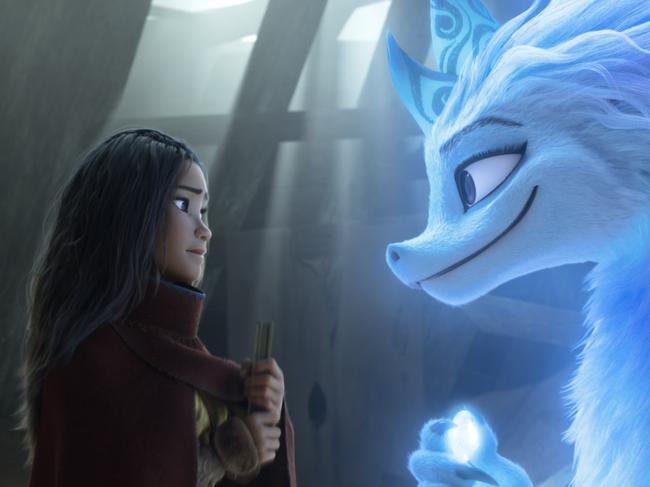
As one of the few Asian actors who have broken through in Hollywood, Tran is used to being a trailblazer for representation. She was the first woman of colour to have a leading role in a Star Wars film and was the first Asian woman to appear on the cover of Vanity Fair. Her family originally hails from Vietnam, one of the countries whose culture served as inspiration for the fantasy land of Kumandra seen in Raya and the Last Dragon, alongside other Southeast Asian countries Thailand, Malaysia, Singapore, Cambodia, Laos, Indonesia and the Philippines. The creators strove for cultural specificity, from the design of Sisu, who was based on the serpentine Nāga of Southeast Asia, right down to the martial arts fighting style, which was inspired by Muay Thai and Arnis, from the Philippines.
The other members of the voice cast are also well-versed, like Tran, in breaking down barriers. Daniel Dae Kim, the Korean American star of Lost, Hawaii-Five-Oh and Hellboy, is one of the most recognisable and successful Asian actors working in Hollywood.
Awkwafina is the first Asian woman to win a Best Actress award at the Golden Globes, and is about to star in the all-Asian Marvel superhero movie Shang-Chi. Gemma Chan, her Crazy Rich Asians co-star, is set to lead her own Marvel movie in Eternals. And, like Kim, Sandra Oh is one of Hollywood’s most bankable Asian stars, having helmed both Grey’s Anatomy and, now, Killing Eve, for which she is a Golden Globe winner and an Emmy nominee.
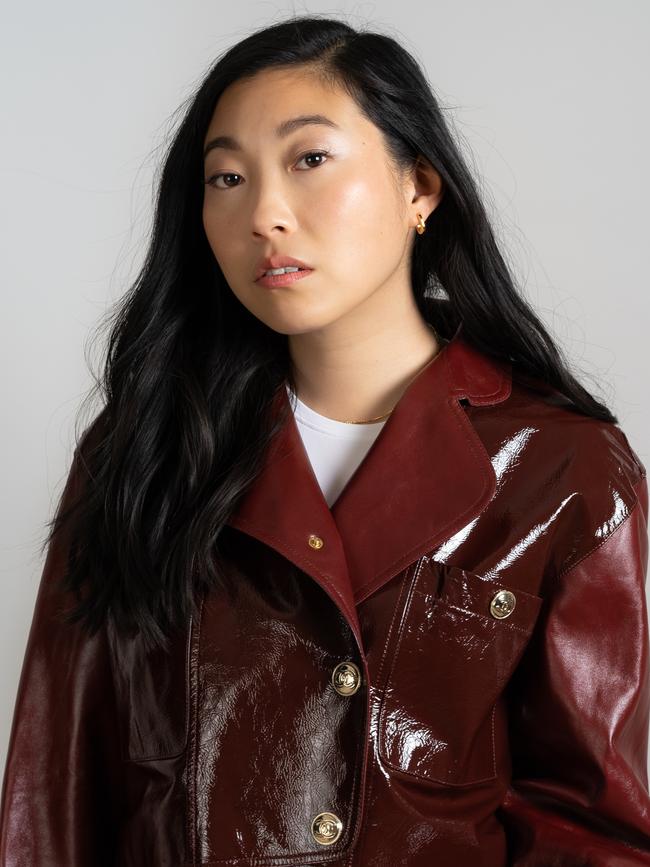
Awkwafina reflects that, early on in her career, “there was a pretty big difference between what I consider diversity and representation.”
The difference is that the former is superficial and “one-dimensional”. As in, it’s just about adding Asian characters to a plot because it “gives off the idea of representation in that — you’re Asian, right?” Awkwafina explains.
There were too many roles to name that felt like they were ticking boxes for the sake of it. The comedian swore off those roles immediately, and chose to seek out those that felt more three-dimensional and fleshed out in films such as Crazy Rich Asians, The Farewell and, now, Raya and the Last Dragon. “We’re telling authentic stories that are authentically written,” she stresses.
As Estrada, co-director on the film puts it: “It doesn’t feel like we’re just trying to tick off boxes, like here’s us showing diversity, here’s us showing strong female leads. It comes from the core, and that informs everything we do in every department.”
Lim has seen that representation in action. The Malaysian screenwriter penned the first Crazy Rich Asians film before quitting the sequel over a pay dispute, when she was allegedly offered an eighth of her male counterpart’s salary. She told The Hollywood Reporter at the time that she felt that women and people of colour were often used as “soy sauce” to season a script with cultural specificity and weren’t considered as equal collaborators.
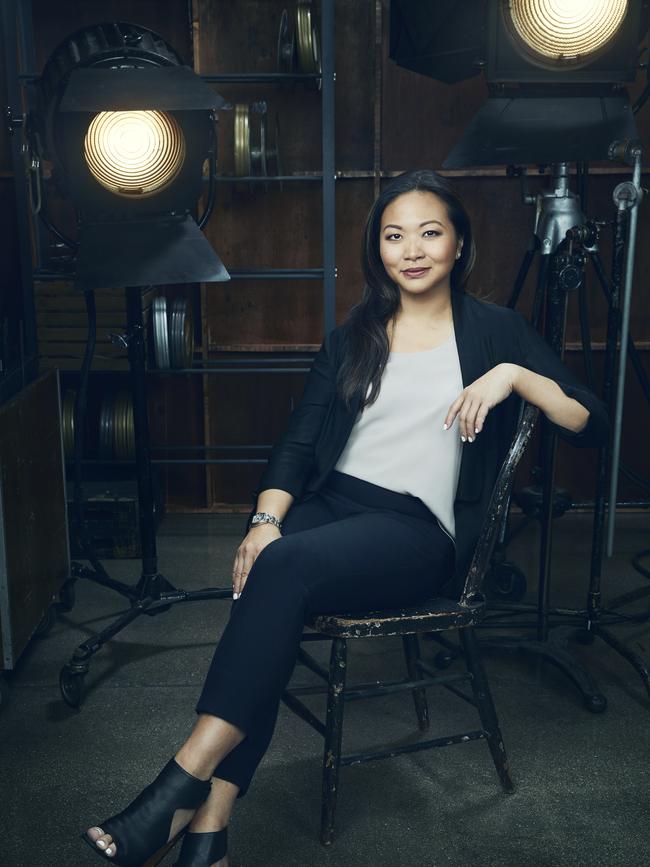
But on Raya and the Last Dragon, Lim found herself surrounded by people who looked like her. “On day one, when I got into the elevator to go up to the office, I went in and there were a bunch of young Asian women who are story artists who got into the elevator with me,” Lim recalls.
“And I was like: this never happened, ever, in any of my meetings at any of my jobs… Disney was already cultivating those voice so that when we had Raya, well, we were good to go.”
When COVID-19 shut in-office production down across America, Raya and the Last Dragon moved in-house. As in, literally in the homes of those working closely on the project. “We’ve been making the film for 100 years,” jokes co-director Hall. Initially, at-home production was “a culture shock,” he admits, but the cast and crew made it work. “It speaks to the resilience of our crew,” he adds. “And they love this movie. They would have animated on Post-It notes if they had to.”
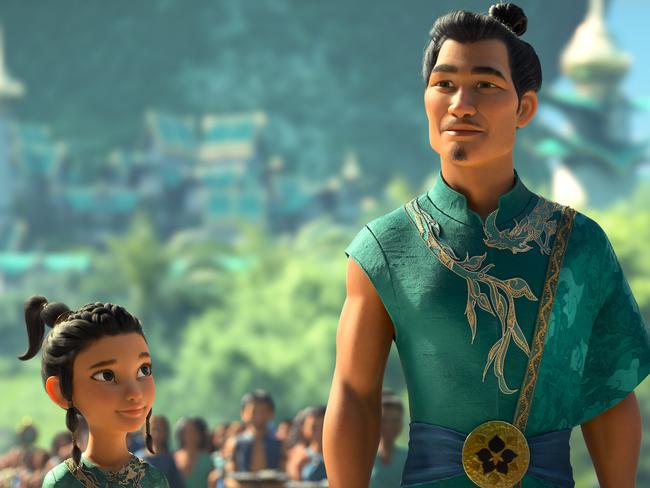
There were only a few major mishaps — one of which involved Kim and a corrupted audio file. “By and large, it was really great, because I could just record at my house without commuting anywhere in my T-shirt and shorts,” Kim jokes. “But it wasn’t without its missteps… Part of the additional burden for us talent is that we’ve got to be our own tech team at home.”
In one particular recording session, in which Kim had to pour his soul out to Raya as a father, as a mentor, and as a protector, was lost forever to the ether when Kim realised that he had registered his computer settings incorrectly. “But Daniel came back, saved the day,” Estrada adds. “Did it again — did it better. And you’ll hear in the movie.”
“I don’t know about the better part,” replies Kim, with a grin. “But I did do it again.”
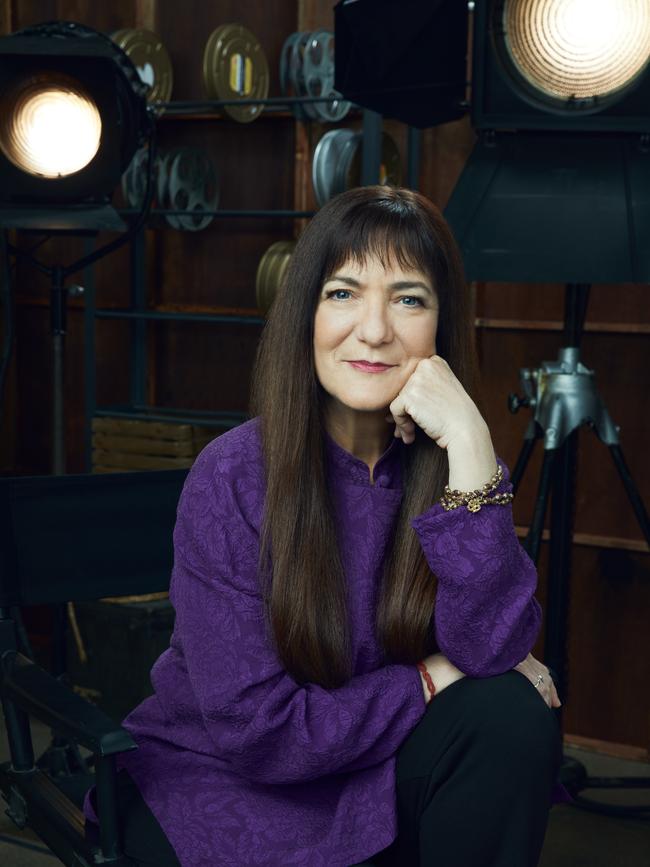
Now that the film is ready to be released into the world, Raya and the Last Dragon is facing another pandemic hurdle: cinemas in several countries are still closed, or deemed unsafe for many to attend because of the risk of COVID-19. Disney has chosen to release the movie on Disney+ globally, as well as simultaneously in theatres in some select markets including Australia.
For the filmmakers, though, as long as people see the story, that’s all that matters. “It could not feel more timely that we should all learn to trust each other and take care of the world,” affirms producer Shurer. “Wherever people can see it, we’ll be happy — theatres, at home, whatever works out. We’ll be happy that we get to share this movie with the world.”
Raya and the Last Dragon is in cinemas and on Disney+ with premier access now.

